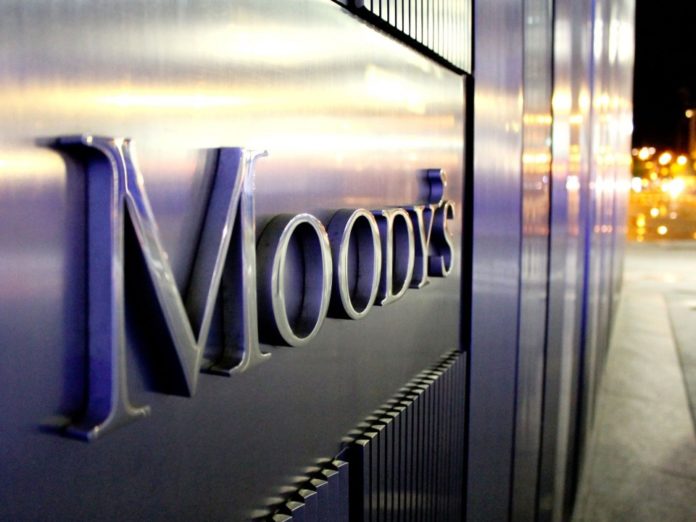NEW YORK: The trailing 12-month global speculative-grade default rate climbed to 4.7 per cent in May, up from 4.1 per cent in April, as the economic slowdown weighs on credit conditions and corporate earnings, said Moody’s on Tuesday.
“Our forecasting model signals that default rate will peak at 9.5 percent by February 2021,” predicted Moody’s.
Meanwhile, in another report Moody’s said that widespread but differing payment moratorium programmes (where lenders allow borrowers to stop making payments for a specific period of time), will lead to varying default roll rates.
Payment moratoria, which erode transaction cash flow but will help some borrowers avoid default in the wake of the pandemic, are now in effect for a material amount of collateral across structured finance markets.
Although these moratoria will stave off some defaults, they will only delay the inevitable for other borrowers under prolonged financial hardship or borrowers who were previously struggling financially.
As such, in jurisdictions with the strictest criteria for granting payment moratoria, only providing them to borrowers in the most need, moratorium take-up rates are a better indicator of future default risk.
Payment moratoria now affect a material share of collateral across securitisations, but take-up levels vary by asset class and region.
Small and medium-sized enterprises asset-backed securities, especially Italian deals, have the highest take-up rates, of up to 50 per cent of collateral.
Meanwhile, credit card, auto and other ABS backed by smaller consumer debts, have the lowest take-up rates. For commercial mortgage backed securitisations (CMBS), loans are ineligible for moratorium programmes, but borrowers negotiate relief individually.
While some jurisdictions have a high level of information consistently available to investors that facilitates monitoring, others currently provide only opaque or even no data on take-up rates for coronavirus-related payment moratoria.
For instance, only a few deals currently show this information in Spain, while the details are already available in 30 per cent of German auto ABS and in more than 50 per cent of deals in the United Kingdom (UK).




